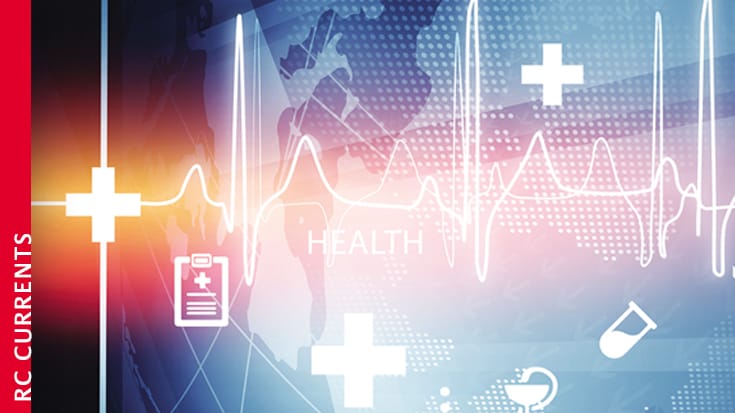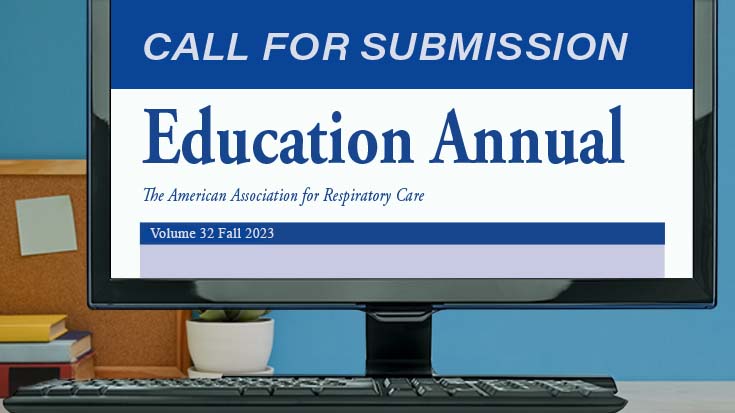
Anticoagulants Might Not Be Right for All Severe COVID-19 Patients
New research out of Michigan Medicine suggests some patients with severe COVID-19 have a higher risk for blood clots and an unbalanced ability to break down clots that can put them at higher risk for bleeding. The finding calls into question the universal use of high-dose anticoagulants throughout the disease.
The study was conducted among 118 COVID-19 patients. They saw high levels of plasminogen activator-inhibitor-1 (PAI-1), which stabilizes blood clots. They also saw high tissue-type plasminogen activator (tPA) levels, the molecule responsible for removing the clots. Patients who required supplemental oxygen had significantly higher PAI levels of PAI-1 than those breathing room air, but their tPA levels were not significantly higher.
Worse lung function was seen in those with high levels of both tPA and PAI-1, but only high tPA independently correlated with mortality. In an assessment of 10 COVID-19 plasma samples with high tPA, 10 with low tPA, and 10 from healthy controls, the investigators found the high-tPA COVID-19 samples significantly enhanced spontaneous clot breakdown compared to the other two groups. This result suggests high tPA may be a biomarker for high bleeding risk and poorer outcomes in COVID-19.
The researchers believe high levels of tPA in COVID-19 patients may be due to damage to endothelial cells. “In COVID-19 ARDS, activated neutrophils — one type of white blood cell — can aggregate in small vessels of the lung and form inflammatory sticky spiderweb-like structures that further activate and damage endothelial cells,” says study author Yu (Ray) Zuo. MD, MSCS. “This process increases the release of tPA/PAI-1 in very sick COVID-19 patients.”
The authors note the NIH has paused enrollment of critically ill COVID-19 patients in the Antithrombotic Therapy to Ameliorate Complications of COVID-19 (ATTACC) trial because “a potential for harm in this sub-group could not be excluded.” They believe their findings support that decision.
“High dose anticoagulants have become standard COVID-19 treatment, but our study findings complicate the clinical picture,” says study author Daniel Lawrence, PhD. “We urge caution regarding this recommendation, pending randomized studies, as COVID-19 clotting seems to be complex and potentially dynamic.”
The study was published by Scientific Reports earlier this month.
Inhaled Hyaluronan May Shorten Severe Exacerbations of COPD
In a study funded by the NIH, researchers from the U.S. and Italy have found that inhaled unfragmented hyaluronan can shorten the amount of time patients with a severe COPD exacerbation require breathing support. The treatment also decreased hospital days and reduced costs associated with the hospitalization.
The study grew out of previous research showing that environmental pollution causes naturally occurring hyaluronan in the lungs. This breaks down into smaller fragments that irritate lung tissue and activate the immune system, leading to constriction and inflammation of the airways. That research found inhaling healthy, unfragmented hyaluronan reduces inflammation by outcompeting the smaller hyaluronan fragments caused by pollution.
Because hyaluronan has been approved for airway moisturization in Italy, the NIH investigators worked with colleagues to study COPD patients. They also collaborated with investigators from the University of Alabama, Birmingham on a study involving airway cells from emphysema patients in culture. That study found the mucus in those cells moved more easily after hyaluronan was administered.
The work was published online by Respiratory Research earlier this year.
ELSO Publishes New Guideline on ECPR
Increasingly, hospitals worldwide turn to extracorporeal cardiopulmonary resuscitation (ECPR) to save patients whose circulation cannot be restored with conventional CPR. But guidance on using this procedure, which is a specialized application of extracorporeal membrane oxygenation (ECMO), has been lacking. Until now.
The Extracorporeal Life Support Organization (ELSO) has just released two new guidelines – one for adults and the other for children — that they hope will serve as a practical guide for implementing ECPR and the early management following the establishment of ECMO support.
Key topics addressed by the guidelines include –
- Patient selection as to who may benefit from ECPR and the timing and location of the advanced life support technology.
- Approaches to cannulation.
- ECPR support, which includes steps for managing care after cardiac arrest.
- ECMO patient care, including imaging studies to monitor the patient’s condition and prepare for any necessary tests and treatment.
- Weaning off ECMO.
- Developing an ECPR program, including resources, staff training and competency, and quality assurance.
The guidelines were published in a recent edition of the ASAIO Journal.
Smoking Cannabis Common in Those with Uncontrolled Asthma
Several states now allow medical and recreational use of cannabis. People with asthma appear to be taking advantage of these new laws – including those with uncontrolled disease.
That’s the key finding from a recent survey published by the Annals of Allergy, Asthma and Immunology that polled 489 adults with allergy/asthma. Overall 18% reported current cannabis use, and more than half of that group reported smoking it. A third said they vaped it. Among those with uncontrolled asthma, about half said they smoked cannabis.
The survey also asked about the advice the respondents had gotten from their physicians about cannabis use. Only about 40% of those who currently use cannabis said the topic had ever come up in discussions with their doctors. The authors believe more of these discussions should occur, with greater emphasis on reducing the smoking of cannabis.
It’s Not a Bubble
Major league sports teams and national universities do it. So why don’t hospitals? That’s a question asked by health care personnel (HCP) in many places, and the “it” they are talking about is routine asymptomatic surveillance for COVID-19.
A recent review authored by researchers from Massachusetts General Hospital (MGH) and the University of North Carolina set out to find an answer by looking at three factors –
- What portion of asymptomatic HCP have undiagnosed COVID-19 infections?
- Do asymptomatic HCP with undiagnosed COVID-19 pose an infection risk to patients?
- Do patients with undiagnosed COVID-19 pose an infection risk to HCP?
Using data from the voluntary testing program in place at MGH, along with programs from other hospitals that either screened or made testing available to asymptomatic personnel, they found infection rates ranged between 0.2% and 0.4%. Given this low prevalence and that studies have shown a low risk of transmission by asymptomatic people using proper PPE and precautions, the authors conclude routine testing of asymptomatic HCP is not warranted. “Health care is not a bubble,” says study author Erica S. Shenoy, MD, MPH, from MGH, “and routine surveillance won’t make it one.”
The paper appeared in a recent edition of Infection Control & Hospital Epidemiology.
Email newsroom@aarc.org with questions or comments, we’d love to hear from you.













